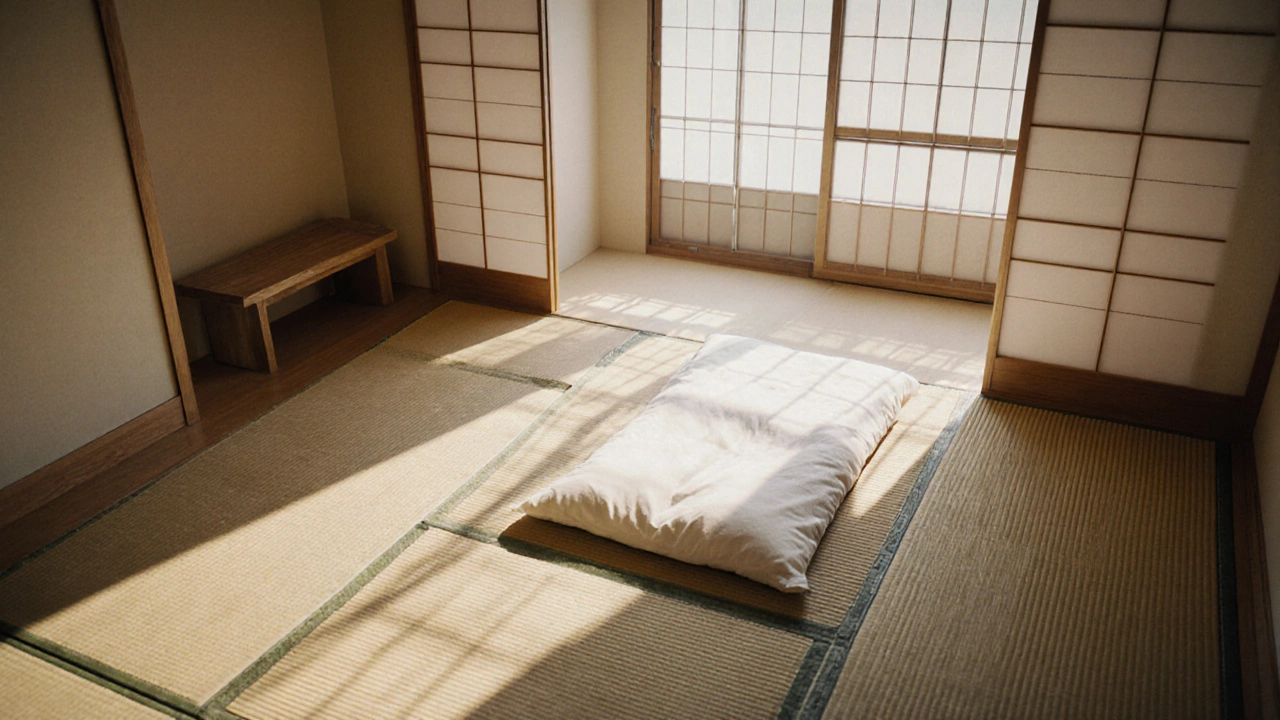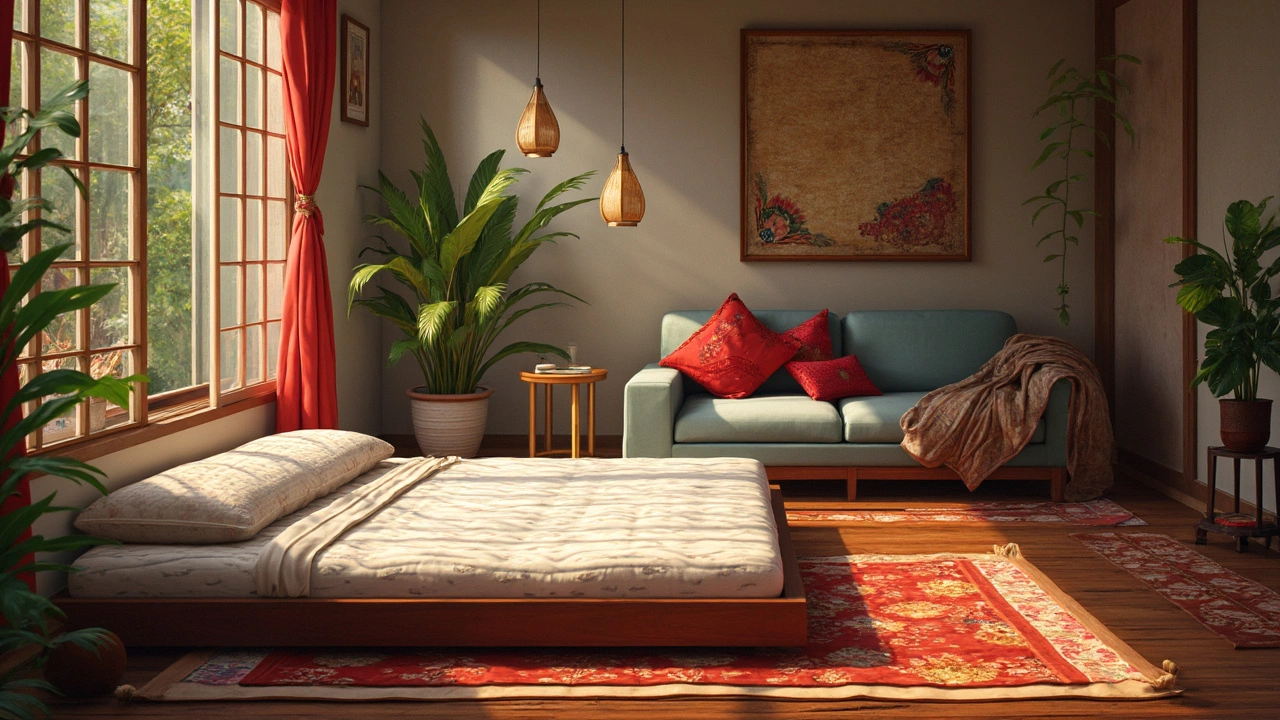Japanese Bedding: Simple, Cozy, and Zen‑Inspired Sleep Spaces
If you’ve ever walked into a Japanese home and felt that calm vibe, you know it isn’t just the décor. The bedding plays a huge part. A Japanese bedroom is all about low profiles, natural fabrics, and a feeling of openness. Below you’ll get practical steps to bring that vibe into your own room without needing a full remodel.
Choosing the Right Futon and Mattress
First up, the futon. In Japan, a futon is a thin, foldable mattress that rests directly on a tatami mat. It’s light, easy to store, and promotes a firm sleeping surface that many say helps with posture. When picking a futon, look for natural cotton or wool fillings – they breathe better than synthetic stuff and keep you cool in summer, warm in winter.
If a full‑size futon feels too low, you can layer a thin foam topper on top. This keeps the low‑profile feel while adding a bit of cushion. Remember, the goal isn’t to recreate a hotel‑style plush bed; it’s to keep the sleeping surface simple and supportive.
Don’t forget the tatami mat underneath. Traditional tatami is made of rice‑straw core and woven rush grass. It’s firm and naturally humid‑absorbing. If real tatami is out of budget, a high‑density foam mat that mimics the feel works fine. Place the futon directly on it, and you’ll notice the difference right away.
Styling Your Bedroom the Japanese Way
Now that you have your futon set up, style the room to match. Declutter is the mantra – keep nightstands to a minimum. A low wooden chest or a simple bamboo tray can hold a lamp, a book, or a cup of tea.
Use natural textures: linen sheets, cotton blankets, and a few silk or hemp pillows. Stick to neutral colors – soft whites, beige, muted greens – and add a pop of indigo or burgundy with a modest wall hanging or a throw pillow.Lighting matters. Instead of bright overhead bulbs, opt for warm paper lanterns or a small table lamp with a rice‑paper shade. The diffused glow creates that relaxing ambiance you associate with Japanese sleep spaces.
Plants are another easy way to add life. A small potted bamboo or a bonsai on a low shelf brings nature indoors without stealing focus. Keep the floor clear; a neat, open layout makes the room feel larger and more peaceful.
Finally, think about routine. In Japan, it’s common to roll up the futon in the morning, giving the room a fresh look for the day. If you’re short on space, a simple futon cover that rolls up with the mattress does the trick. It also keeps dust at bay.
Putting these pieces together – a natural futon, a tatami base, minimal furniture, soft lighting, and a touch of greenery – creates a Japanese bedding setup that feels both cozy and airy. You don’t need to import everything; many elements are affordable and can be found locally. Start with one change, like swapping your heavy duvet for a lightweight linen quilt, and watch how the room shifts.
Ready to try? Grab a futon, lay it on a tatami‑style mat, and enjoy a night of simple, restorative sleep. Your bedroom will thank you, and you’ll get a taste of that calm Zen vibe every morning.
What is Japanese Bedding? A Simple Guide to Futons, Tatami, and Sofa‑Friendly Options
Discover what Japanese bedding really is, from shikibuton and kakebuton futons to tatami mats, and learn how they fit into sofa‑bed setups, material choices, and care tips.
Shikibuton vs. Kakebuton: Understanding Sofa Bed Essentials
Trying to make sense of shikibuton and kakebuton? Shikibuton refers to the traditional Japanese mattress, while kakebuton is a type of comforter. Learn how each fits into a functional and versatile living space, especially when incorporating a sofa bed. Discover practical tips and how these components can enhance your sleep experience and save space in your home.






